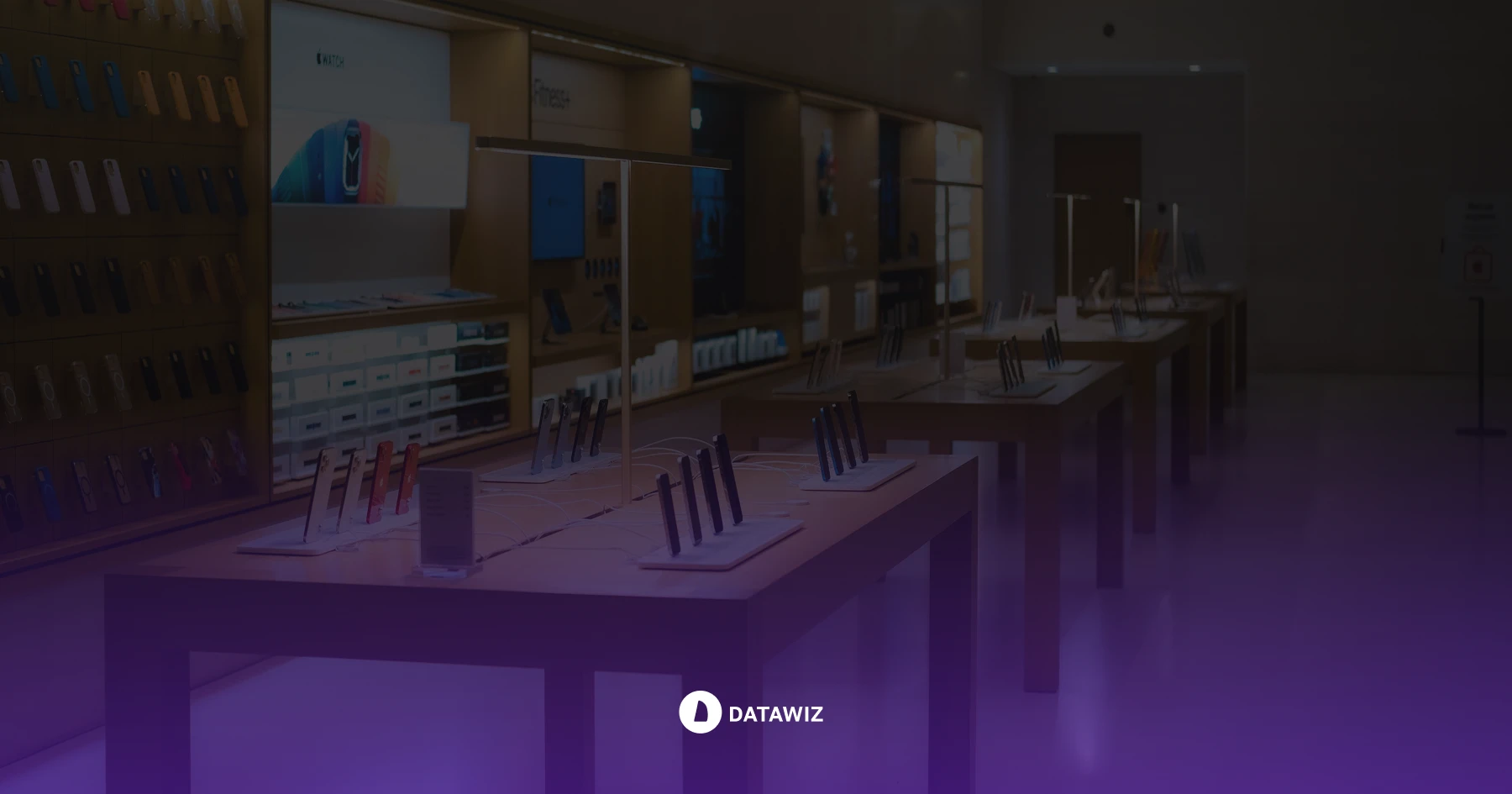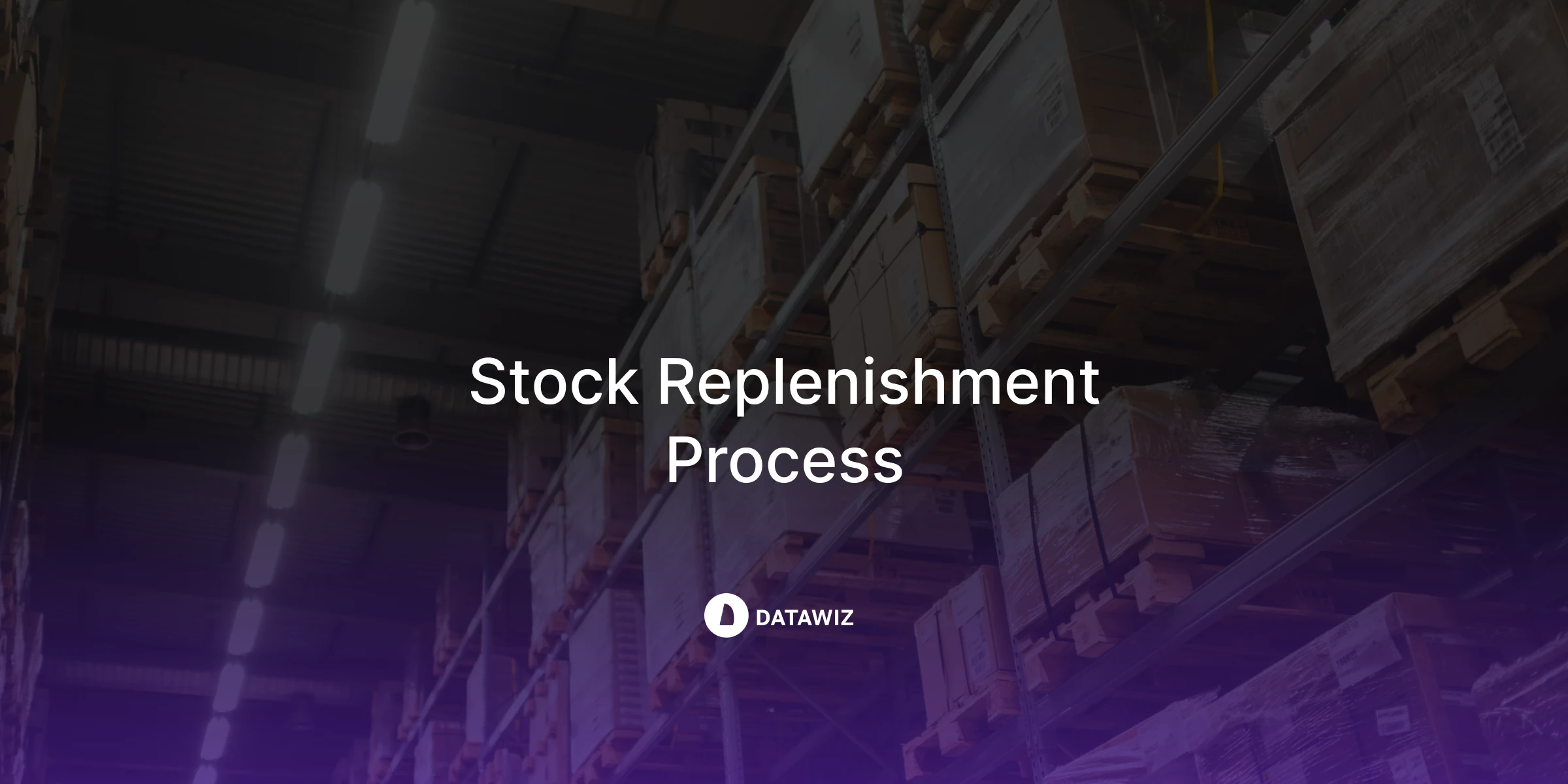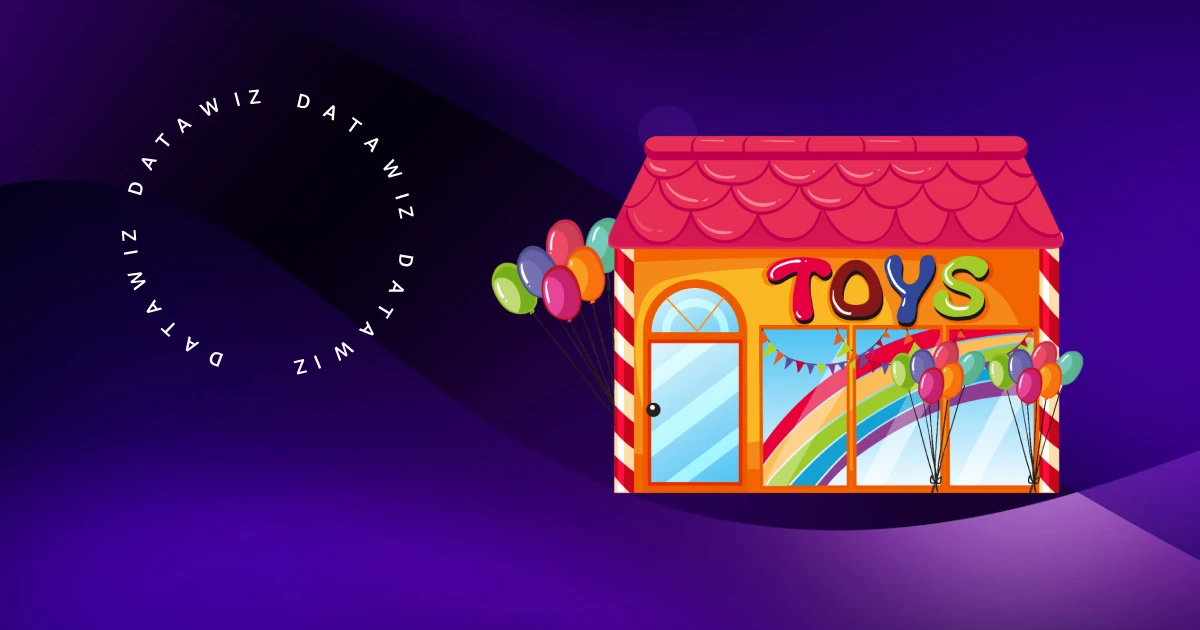Have you increased your advertising spend and expect to see a rise in sales and an increase in the average check? This may work under certain conditions, but it is inefficient to use this strategy all the time. In a highly competitive environment, there is no point in investing in sales promotion every time if the company's historical data is not used to the maximum.
Knowing your audience and their preferences helps to create a ready-made offer for customers, even in offline sales. It is cross-selling that works with existing customers, their purchase history, and regularity.
What is Cross-Selling?
Cross-selling is a strategy for selling additional products or services that will complement the main product in the shopping cart. Cross-selling allows you to build a functional system of offers and product display to increase your company's sales.
This approach is often used in the food industry when offering combo menus. The McDonald's voucher system is based on the history of customer combinations, so it offers to buy a profitable menu at once. A person may not have planned to buy so much, but a tasty combination of products and a favorable price encourage them to make a purchase.
Cross-selling is not just a recommendation of any product, it is a carefully selected combination of the most commonly used products. For the buyer, it should look like a super-beneficial offer that would be offensive to refuse. But the benefits of the purchase should be noticeable, as that's how the reliability and loyalty of the chain's customers are formed.
What is the difference between cross-selling and upselling?
Upselling is a store strategy that encourages customers to buy a product in an improved form, in a larger package, or with a wider range of functions. In this method, the buyer should also feel the benefit for himself, even if he has to overpay the price.
The main criteria for comparing cross-selling and up-selling:
| Criterion | Cross-selling | Upselling |
|---|---|---|
| Main task | Sell an additional product or service to the main product | Sell an improved version of the product |
| Goal | Increase the average check | Increase the cost and value of one product |
| Impact on LTV | Increased by the frequency of purchases and sales of additional products | Increased by a one-time large check. |
What is the advantage of cross-selling?
- The customer buys out of inertia.
If the customer has already entered the store and chosen the main product, then it is much easier to sell them an additional one. If it's an oral consultation, you need to choose the right moment to make an offer so that it doesn't look like persuasion. - Fewer doubts.
It is easier for a customer to agree to an additional product if the additional product becomes a logical extension, not a burden. In most cases, additional products are much cheaper than the main product. And if a person is already ready to buy an expensive product, then a slight change in price won't be a problem for them. - Lack of additional budget.
An offline store uses cross-merchandising or a sales assistant for cross-selling. This way, the company can increase the average customer's check, or at least inform them about the availability of such an additional product. - Strengthening the main product.
Related products can make the main product more useful, convenient, or durable. For example: a customer buys a coffee machine and is offered cleaning tablets. This additional product will help extend the life of the device and save money on repairs in the future.
What does an offline store need to implement cross-selling?
Everyone loves to say “we need cross-selling”, but few people understand what steps need to be taken to make it work effectively. Here is a practical list of the necessary steps in the store to implement a new tool.
- Building a system of product connections.
You need to write down sales scenarios and any possible combinations of products. Sellers should understand that if a person buys product X, they need to be offered products Y or Z. This additional product may depend on the seasonality or location of the store. Let consultants not fantasize, but act according to a clear algorithm of actions. - Qualified salespeople.
The consultant must understand why the customer needs an additional product, and not just try to increase the check. Additional training, perfect knowledge of the assortment, and prepared scripts are the ways to help a person complete a purchase without feeling like a sales pitch. - Visual cues in the store.
You can create additional “take-along” zones or stands with offers at a bargain price in the store. The related product should be near the main product so that the customer can remember and buy it even without the help of a consultant. In addition, you need to add visual combinations of two or three products together so that a person understands what he or she gets after the purchase. - Testing and adaptation.
It is worth starting with 5-10 product combinations and tracking what works. It is advisable to change the product layout and scripts to experiment and make it less noticeable to regular customers. In any case, you should immediately abandon cross-selling that is not clear to customers.
How to build effective cross-selling with Datawiz BI?
The analytical service offers the “Busket Analys” report to determine a typical customer's shopping cart at different times of the day, season, and for different wallets.
The report contains two tabs: 2 and 3 dimensions. They summarize information about sales categories and products, showing typical customer behavior patterns. The functionality of the tabs allows you to
- determine what customers buy at different times of the day and days of the week;
- create targeted marketing activities;
- customize the display of goods in the sales area.
In this report, you will receive statistical data with automatic visualization:
- Sales dynamics by day - in the form of a bar chart that shows how sales of the selected product change over time.
- The most popular days and hours for purchases of a certain combination of goods** - in the form of a heat map, which allows you to quickly identify peak demand moments.
All dashboards are generated automatically - the manager only needs to select products, locations, and necessary filters.
With such data, the store manager understands what peak hours the goods should always be available on the shelves. It is also possible to adapt your combo offers to the days of the week, months, and seasons.
 What's new?
What's new?




 No credit card required
No credit card required